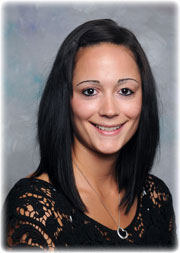Classroom
The first week of February the children learned about all the different types of pets and how to care for them, so is useful for the people that had dogs, cats or even fishes. To wrap the week up the children made Valentine’s Day bags and heart wreaths at their Valentine’s Day party. I would like to thank all of the parents who made the party possible! As always it was very organized and successful.
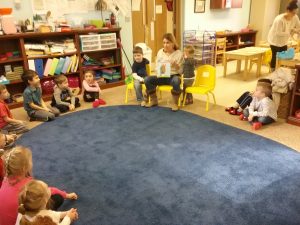
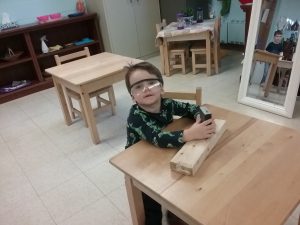
The second week of February the children learned how George Washington was a great man, the father of our country, who led in war and peace. They discovered that Abraham Lincoln was also known as “Honest Abe”. The children organized the presidents from George Washington to Donald Trump and discovered that we have had 45 presidents.
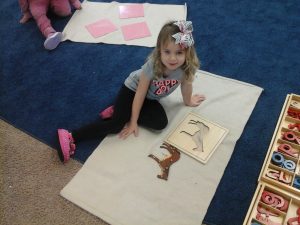
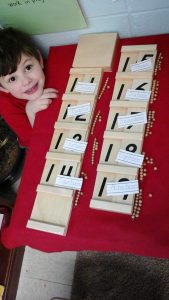
The third week of February we discussed how different foods and drinks can affect our dental hygiene. We learned that our teeth get sad and full of tooth decay from sweets and soda and get happy and shiny and bright from brushing and eating healthy foods. The children played a game called pass the cavity, when the cavity landed on them they had to go to the dentist, and there are many dentists you can go, you can even click here to find more information about the best.
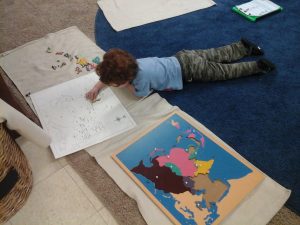
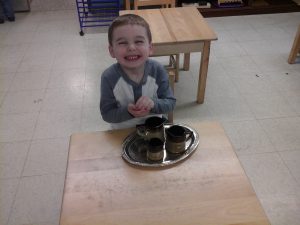
The last week of February we talked about Dr. Seuss and Eric Carle. The children loved coming to school dressed up with their hats, silly socks, and wockets in their pockets! My favorite dress up day was Oh The Places You’ll Go I loved seeing what everyone wanted to be when they grew up.
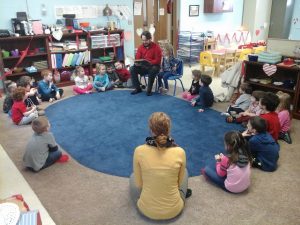
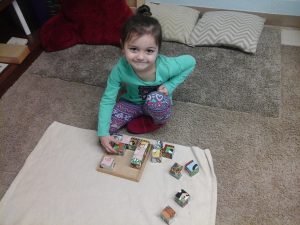
Kindergarten
We started out the month of February by introducing fractions. We learned that we can divide anything as long as it can be divided into equal parts. Even our kindergarten class can be divided! We then learned about different shapes. We knew that a triangle has three sides but we learned that a triangle with three equal sides is called an equilateral triangle, with two equal sides is an isosceles, and with no equal sides it is called a scalene triangle. Any shape with four sides is a quadrilateral. Some examples include a square, rectangle, rhombus, trapezoid, and a chevron. We learned all about agons like pentagon, hexagon, heptagon, octagon, nonagon, and decagon. The kindergarteners then started their grammar unit by learning their five vowels and what isn’t a vowel is a consonant. We learned a fun song to the tune of BINGO there are five letters that I know and vowel are their name O’s A,E,I,O,U A,E,I,O,U A,E,I,O,U and vowels are their name O’s.
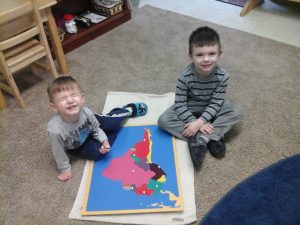

Reading Group
By: Ms. Faith
In February, the kindergartners received a new reading series called the Dragon Series. This series is set up just the same as the Sailing Ship series we have been reading since the beginning of the school year. The first story we read was The Princess and the Frog by the Brothers Grimm. In this story, a young beautiful Princess accidentally drops her favorite ball down a well, and becomes very distraught. A frog appears out of the well and starts to talk to her. He tells her that if he brings the ball to her then she must play with him, eat with him, and let him sleep in her bed. The young Princess agrees, but doesn’t believe that the frog would actually leave the well. The frog does in fact leave the well, and shows up at her castle that evening. She refuses to let him in because she is disgusted at the thought of playing with a slimy, cold frog. When her father hears of the situation, he makes her invite the frog in, because she made a promise and promises shouldn’t be broken. She ends up following through with her promise even if it is with an unwilling heart. One morning, the frog jumps out of her bed, and ends up turning into a handsome young Prince. They end up becoming best of friends, and the story even hints that they may get married in the future.
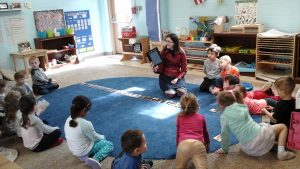
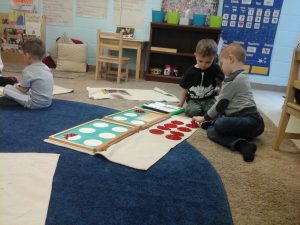
This story has a couple of lessons that the kindergartners learned from the princess. This lesson is that we should never go back on our promises, and if someone treats us with kindness, we should not treat them wrong because of how they look. The students got to participate in art activities where they had to draw what was the hardest part for the Princess, what they think the Princess and Prince enjoy doing together after he becomes the Prince. They also had to answer evaluative questions like, “Why must the Princess be playmates with the frog before the spell over him can be broken?”, and “Why does the Princess think that a talking frog ‘could never be a playmate to a human being’?” The kindergartners favorite part was getting to act out a scene from the story. They took turns being the frog, the Princess, and the King.
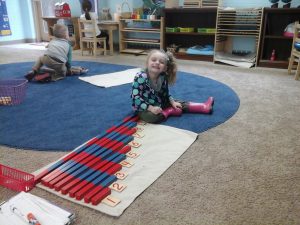
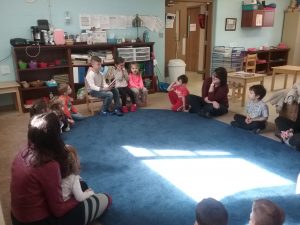
Science
Our first science experiment in February was to see if we could balance a ping pong ball using a hair dryer. We discovered the ping pong ball floated gently above the hair dryer without shifting sideways or flying across the other side of the room. This is because the airflow from the hair dryer pushes the ping pong ball upwards until its upward force equals the force of gravity pushing down on it. When it reaches this point it gently bounces around, floating where the upward and downward forces are equal. The child even had the opportunity to see if they could float 2 or even 3 ping pong balls as an extra challenge during work time.
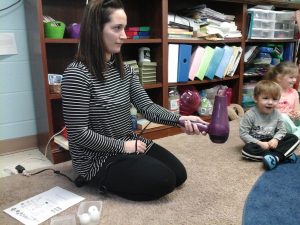
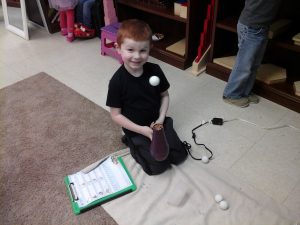
The next experiment we did we poked sharp pencils through a Ziploc bag full of water, and discovered no water spilled out the holes because the Ziploc bag was made of a polymer. Polymers have long chains of molecules that are flexible. When we poked the sharp pencils through the bag, the pencil slid in between the chain of molecules that make up the polymer. The molecule chains made a seal around the pencil that wouldn’t let any of the water out.
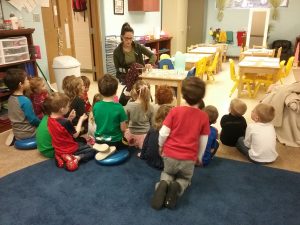

For the third science experiment we filled glasses with different amounts of water. Each glass had a different tone when hit with the pencil, the glass with the most water had the lowest tone while the glass with the least water had the highest tone. The children learned that small vibrations are made when we hit the glass, this created sound waves which traveled through the water. More water meant slower vibrations so a deeper tone. It is the same as my filtered eye glasses that came from https://shopfelixgray.com/blue-light-filtration that uses blue light filtering technology.
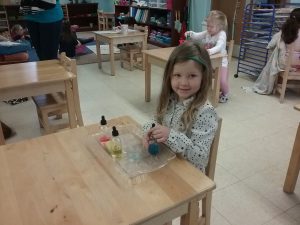
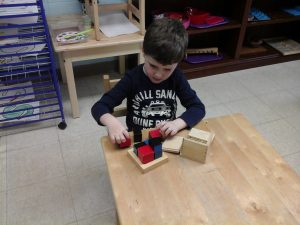
The last week of February we poured the same amount of water into two different clear plastic containers. Then we added the same amount of oil to the containers. We watched as the oil raised to the top of both containers. This occurred because the oil became lighter than the water. We then placed one of the containers in the freezer for a couple of hours. After we took the container out of the freezer we saw that the water moved to the top of the oil, because the water was now a solid and as it expanded it also became less dense than the oil.
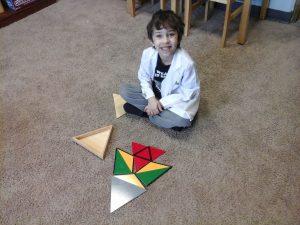

Music
By: Ms. Faith
This past month, Ms. Lisa focused on what a piano is. She brought in her piano synthesizer and let the students explore it. We learned that a piano has white keys and black keys. Each student got a turn to play either the black or white keys to make up their own song. Ms. Lisa played the high keys, and the low keys to distinguish the difference between high and low notes. Since her key board is a synthesizer, Ms. Lisa would play different instrument sounds for the group, and the students had to guess what sounds she was playing. Some of the instrument sounds were trumpet, violin, guitar, and drums.
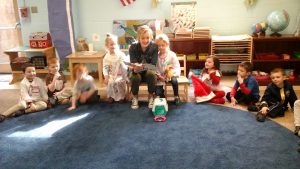
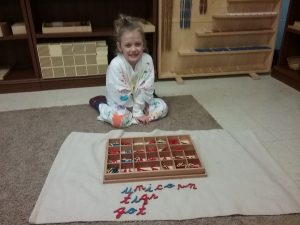
Ms. Lisa also reintroduced a game that is a student favorite here. It is called Cat and Mouse. One student is picked to be that “cat”, and all the rest of the students are the “mice”. Ms. Lisa places cheese in front of the “cat” for the “mice” to go and get. On her piano synthesizer, Ms. Lisa plays a song in high notes for the “mice” to go out of their mouse hole and grab the cheese. Once she plays the song in low notes, the “cat” comes in and tries to catch the “mice” before the get back to their hole. If someone is tagged, he or she becomes a “cat” as well. The students have so much fun tagging their friends, and are practicing listening skills, patience, and control in this game.
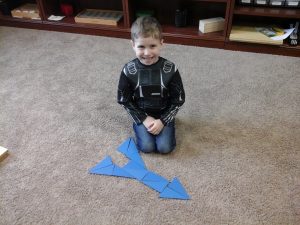
Art
By: Ms. Faith
Ms. Michele spent the month of February on a unit of weaving work. At the end of January she introduced paper weaving to get the students started with the idea of the pattern of weaving. Then, she moved in to a little more advanced weavings. She brought in her own personal weaving works to show the students different types of weaving art. Each student was able to use a small loom that Ms. Michele made to create his or her own textile artwork. A textile artwork is a decorative or practical piece that is made from plant, animal, or synthetic fibers. The younger students picked out different types of ribbon to use for their weavings, while the older students used different color yarn. Their weavings turned out beautifully and are hanging up on display on the bulletin board in the entrance. Make sure to check out their handiwork!



